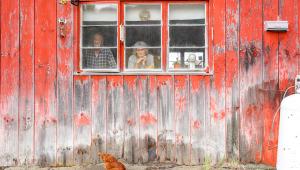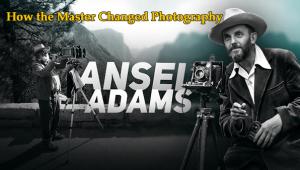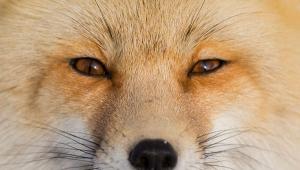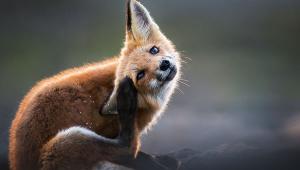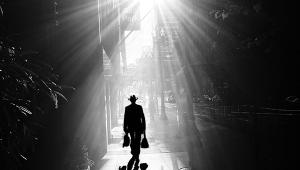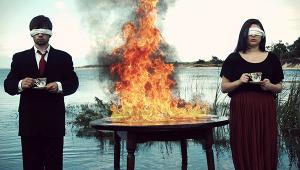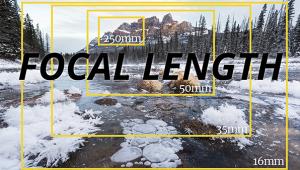Ever Wanted to Be a Professional Pet Photographer? Brooke Jacobs Tells Us How She Did It!
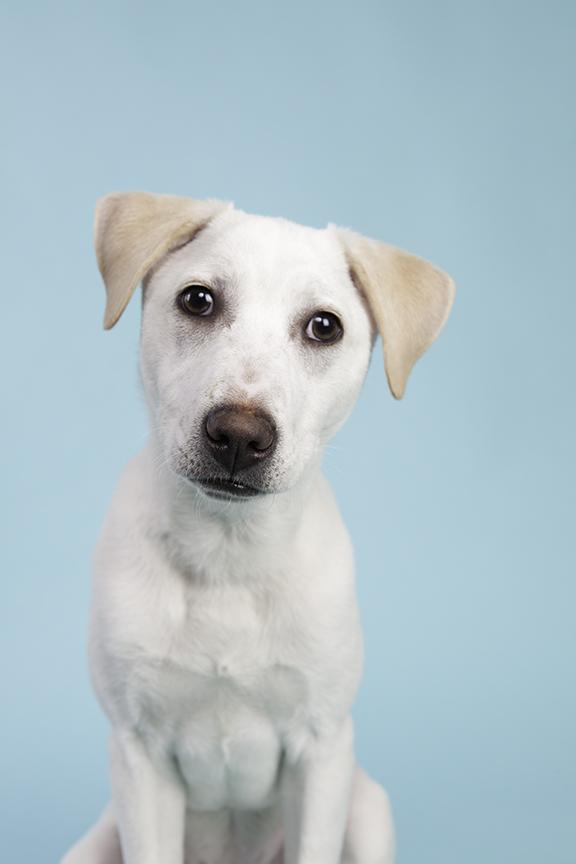
Pets are beloved members of the family and increasing numbers of pet parents (as well as shelters and rescue organizations) want good quality portraits of these funny, furry “kids." Brooklyn-based photographer Brooke Jacobs is answering that call by creating beautiful portraits that expertly capture the unique personality of her client’s pets.
Jacobs is a talented pet photographer and her delightfully adorable portraits have been seen on everything from greeting cards to calendars, book covers and in magazines. Jacobs is deeply committed to animal welfare in New York City and is very active with TNR (Trap-Neuter-Return) efforts and cat rescue.
We recently interviewed Jacobs about how one becomes a professional pet photographer and what the job is really like.

Shutterbug: Could you give us some background on you as a photographer?
Jacobs: I studied photography at Bard College, under Stephen Shore and Larry Fink. After college I began shooting documentary style street photography while working in the commercial photography field. While my personal work concentrated on photographing people in their own environments, I don’t think I had a single contact sheet that didn’t include animals. (I’m dating myself a bit here!) I wasn’t inspired by photographing products, but l knew I had to make a living. So I started photographing fine art pet portraits and was fortunate to find a publisher for the work right away—and my career as a pet photographer began!

Shutterbug: Are you a pet parent? What inspired you to create pet portraits?
Jacobs: I am the proud parent of four amazing rescue cats, Duncan, who loves being in front of the camera, is the upside down black cat!
My mother ran the local animal shelter so I grew up surrounded by animals my whole life. Animals are a huge joy for me and it was a natural decision to combine my two passions—photography and animals. It has been second nature to photograph pets with all their quirks, emotions and unique personalities. A majority of my work is private commissions for people. Knowing I am creating images that will be cherished for years to come is a privilege and very rewarding to me.

Shutterbug: What is the secret to getting your active/curious models to cooperate during a shoot?
Jacobs: Toys, treats and the crazy sounds that come out of my mouth! Because each animal is unique, it is a process to figure out what will make each one react. However, most animals respond well to treats and positive reinforcement. It is important to keep a pet in a comfortable environment and make sure they are having fun.
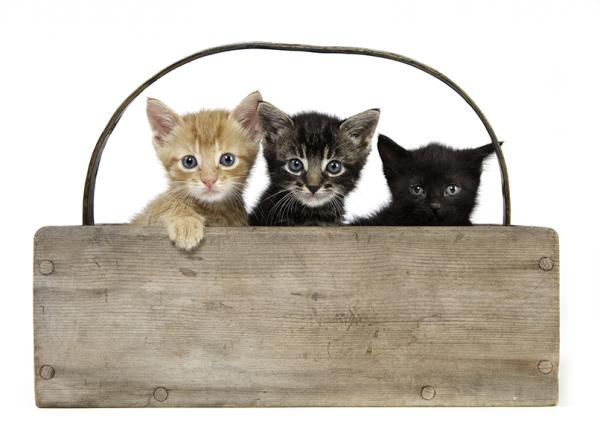
Shutterbug: What kind of gear do you use? Do you prefer to work in the studio or on location?
Jacobs: I shoot with the Canon 5D Mark III and use a Dynalite strobe when shooting indoors. I enjoy shooting in both the studio and on location. It is nice to have full control over lighting in a studio situation and most of my personal pet photography is shot in studio now but I like the variety of location shoots.

Shutterbug: Are dogs easier to work with than cats? How do you choose the perfect prop for a certain model?
Jacobs: Yes! As a whole, dogs are much easier to photograph than cats, but I have a talent working with cats. Because I live with cats and work in cat rescue, I’m very much in my element working with them. When I’m hired to photograph someone’s pet I never know what I am going to be up against, but that is part of what I love about pet photography. Each shoot truly is unique!
I’m always looking for great props and when I find something I must have, I tend to hold onto it waiting for that perfect moment. I use a lot of kittens from the rescue group I volunteer with so I tend to know beforehand who I will bring to the studio to model. I sometimes shop for props specifically to match the look and personality of each kitten before the shoot.

Shutterbug: What advice would you give others who want to take pro quality images of their pets?
Jacobs: Patience is key. Many people give up after five minutes. Good light and a quick camera are important in taking great photos. If you don‘t work with studio lights, create an environment free of distraction, in an area with good natural light. Make sure to have fun and have plenty of treats to encourage your furry friend to participate, listen and focus.

Shutterbug: What other projects you working on these days?
Jacobs: I’m working on two personal projects. I’ve been taking studio portraits of fabulous mutts, showcasing their uniqueness. I also have been photographing kittens (most rescued from the streets) trying to capture the essence of a young feline: from curious to cautious, to silly and spectacular.

More information on Brooke Jacobs here.
- Log in or register to post comments



